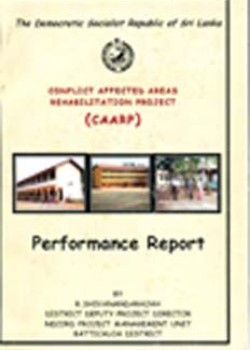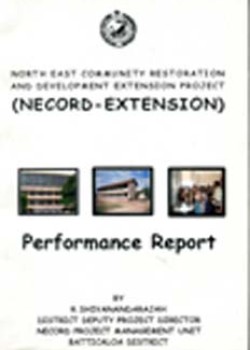
Trade Preferences for LDCs
An Early Assessment of Benefits and Possible Improvements
Publisher: The United Nations (UN)
Place of Publish: USA, New York
Year: 2003
Page Numbers: 117
Acc. No: 1940
Class No: 382.9 TRA
Category: Books & Reports
Subjects: Trade
Type of Resource: Monograph
Languages: English
Unilateral tariff preferences in favour of developing countries are usually regarded as a "second-best" arrangement that may also divide developing countries. There have also been efforts to improve the scope and operation of various schemes, notably the Generalized System of Preferences (GSP) and more recent initiatives such as the European Union´s "Everything But Arms" (EBA) scheme for least-developed countries (LDCs) or the United States´ African Growth and Opportunity Act (AGOA). Using new data sources on a time series basis, this study analyses, in some detail, past and present features of these preferential market access initiatives of the Quad countries. The study finds that in 2001, imports from all LDC effective beneficiaries covered by the Quad initiatives totalled 66 per cent, leaving more than a quarter of LDC exports, mostly textiles and garments, not covered by any preferential initiatives. It points out that the real picture is even more sombre than this. This study also examines in detail, the present features, coverage and utilization of the Quad major unilateral trade preferences in favour of LDCs. Part II of the study analyses the reasons for low utilization of trade preferences and the linkage with rules of origin by introducing a methodological approach. The final part of the study provides an estimation of the trade effects of comprehensive coverage and full utilization of unilateral preferences. The study concludes by recommending that, to be effective, trade preferences should be stable and cover all products with rules of origin and related administrative procedures that reflect the supply capacity and industrial development of LDCs.



